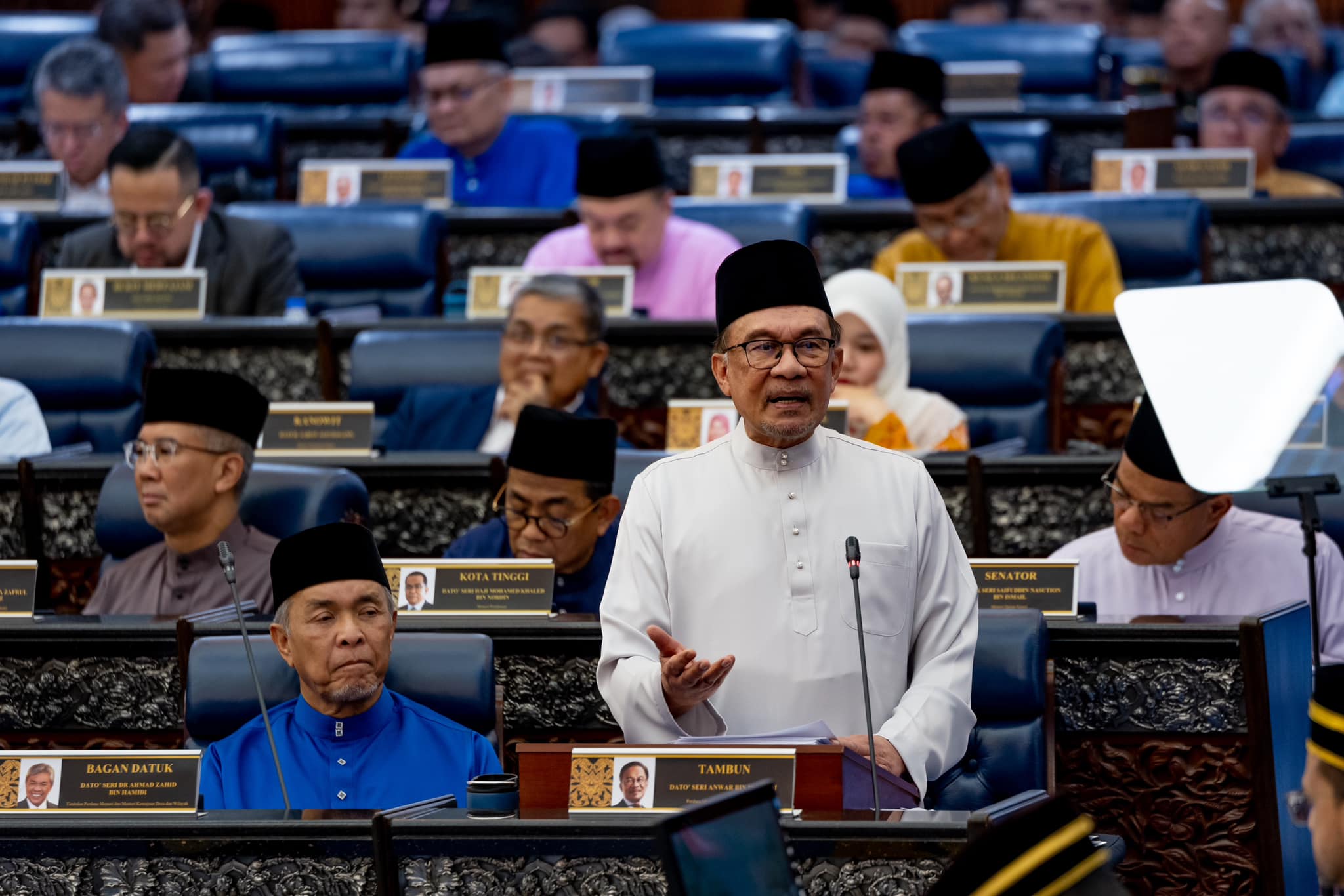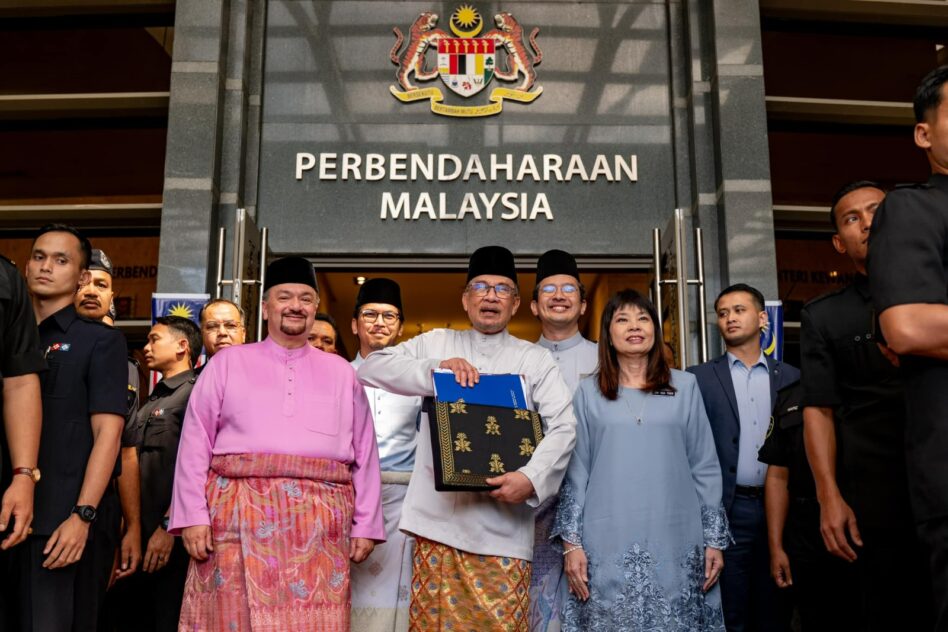
WHILE Budget 2025 lacks in displaying mega infrastructure projects that could create excitement, it is not devoid of potential by having boasted itself as the largest ever budget in Malaysia’s history with a total allocation of RM421 bil (+3.3%).
About 79.6% or RM335 bil of the allocation is meant for operating expenditure with the balance of RM86 bil for development expenditure, unchanged from 2024.
TA Securities Research is “positive” on Budget 2025 as the huge allocation versus its forecast of RM403.7 bil contains realistic measures to achieve the official economic growth forecast of 4.5%-5.5% in 2025 versus an upgraded 4.8%-5.3% in 2024.
“A lower fiscal deficit projection of 3.8% of GDP (TA: 3.7%) next year versus 4.3% in 2024 on the back of 5.5% (2.3% in 2024) growth in revenue also highlights the likelihood of it surpassing the Medium-Term Fiscal Framework target of 3.5% in 2027,” opined the research house in its Budget 2025 review.
“This possibility is apparent with the government’s commitment to implementing RON95 subsidy rationalisation in mid-2025 for foreigners and the wealthiest 15% of Malaysians to save RM8 bil.”

Themed Madani Economy: Prosperous Nation, Well-being of the People, Budget 2025 which was tabled by Prime Minister/Finance Minister Datuk Seri Anwar Ibrahim in the Dewan Rakyat yesterday (Oct 18) is the third budget presented under the Madani government and the final one under the 12th Malaysia Plan (2021-2025), before transitioning to the 13MP.
Tax revenue spike
Above all else, TA Securities Research also pointed to the upside in the Federal government’s revenue collection which is projected to grow by 5.5% to reach RM339.7 bil or 16.3% of GDP next year – higher than its estimate of RM325.3 bil – in line with a more positive economic outlook.
Of this, tax revenue which is projected at RM259 bil remains the dominant contributor (at 76.3% or 12.4% of GDP) while non-tax revenue is anticipated to reach RM80.7 bil or 3.9% of GDP.
As widely expected, the 2024 Federal government revenue estimate has been revised upwards to RM322 bil, up from the initial estimate of RM308 bil.
Meanwhile, Hong Leong Investment Bank (HLIB) Research expects the targeted subsidy rationalisation of RON95 fuel effective mid-2025 to have a knee-jerk impact on car sales demand from 2H 2025 onwards, especially non-national marques priced above RM80,000.
“On a more positive note, higher minimum wage rate and civil servant wages (by end-2024) will likely boost car sales especially for the national marques,” projected the research house in its Budget 2025 market outlook.
“The upcoming introduction of Perodua EV (electric vehicle) model (and also Proton) priced below RM100,000 is expected to accelerate the adoption of EV in Malaysia.”
Elsewhere, HLIB Research applauded the absence of excise duty hikes for alcoholic drinks along with the government’s efforts to combat smuggling activities via a RM60 mil allocation to the Domestic Trade and Cost of Living Ministry and the Royal Malaysian Customs Department.
This on-going initiative is expected to control – if not reduce the illicit market share – thus allowing brewers to better capitalise on the stronger consumption outlook for 2025.

Stock market outlook
The research house also expects individual tax relief on housing loan interest payments which would “encourage homeownership over renting” as beneficial for developers who focused on the affordable housing segment.
To re-cap, Budget 2025 has proposed a tax relief of up to RM7,000 for residential properties valued up to RM500,000 and a tax relief up to RM5,000 for residential properties priced between RM500,000 and RM750,000.
This exemption can be claimed for three consecutive assessment years on the sale and purchase (S&P) agreement completed within Jan 1, 2025 and Dec 31, 2027.
Additionally, MIDF Research reckoned that “there are no major surprises in Budget 2025 at the headline level to materially excite or perturb the local equity market”.
“The construction sector is an obvious beneficiary from the DE (development expenditure). Despite the reduction in DE, the most obvious beneficiary of Budget 2025 will be the construction sector,” noted the research house.
It also named the consumer sector as another potential beneficiary. “Despite the plans to rationalise RON95 subsidy, it will only be implemented in mid-2025,” justified MIDF Research.
“Moreover, 85% of Malaysians will continue to receive some form of support. The combination of financial aid and cash assistance is expected to create a positive environment for both staple and discretionary goods, thus enhancing overall consumer demand and sector growth.” – Focus Malaysia



No comments:
Post a Comment
Note: Only a member of this blog may post a comment.